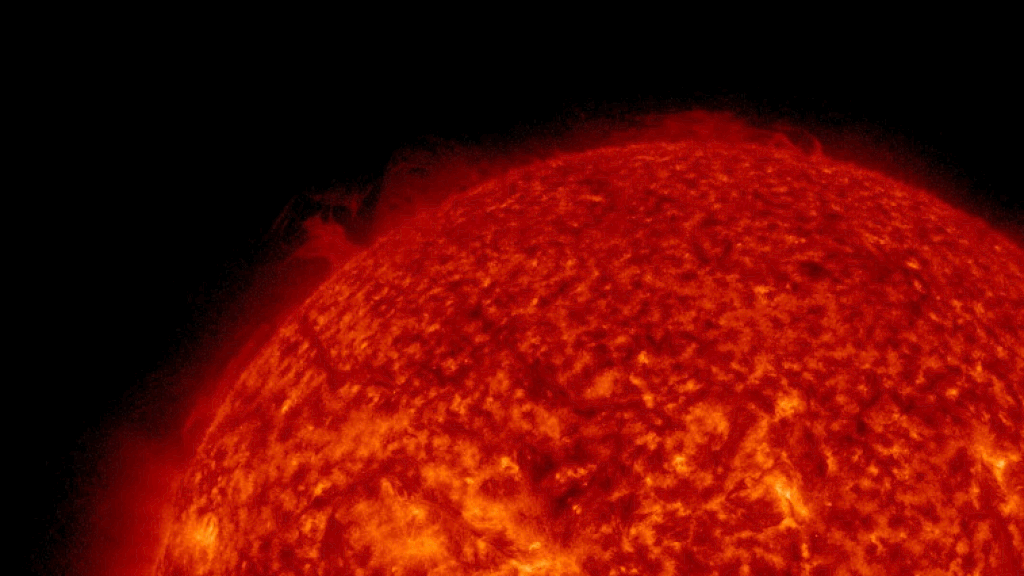SkySafari is celebrating the solar eclipse, and you can grab it on a great deal through April 8. The entry-level version of SkySafari 7, which features on our best stargazing apps guide, locates millions of planets, stars and constellations with a single screen tap. It is on sale right now for just $0.99, just in time for the next total solar eclipse. That’s an 80% discount from the usual $4.99, so make sure to act quickly. Affiliated apps SkySafari Plus and SkySafari Pro will also go on sale roughly one…
Read MoreCategory: The Moon
Our moon
Sony FE 16-35mm f/2.8 GM II vs Canon RF 15-35mm f/2.8 L IS USM
Wide-angle zoom lenses make up one-third of the ‘Holy Trinity’ lens lineup and prove endlessly useful for several purposes, including landscapes, architecture and astrophotography. Often, a standard 24-70mm zoom lens isn’t quite wide enough to shoot a particular scene, so having a wide-angle lens in your kit bag lets you fill the gap below 24mm. Wide-angle lenses are favored in astrophotography because they capture a wider portion of the sky and let more light in than standard and telephoto lenses typically do (which, when you’re shooting in the dark, is…
Read MoreSleeping subduction zone could awaken and form a new ‘Ring of Fire’ that swallows the Atlantic Ocean
A subduction zone below the Gibraltar Strait is creeping westward and could one day “invade” the Atlantic Ocean, causing the ocean to slowly close up, new research suggests. The subduction zone, also known as the Gibraltar arc or trench, currently sits in a narrow ocean corridor between Portugal and Morocco. Its westward migration began around 30 million years ago, when a subduction zone formed along the northern coast of what is now the Mediterranean Sea, but it has stalled in the last 5 million years, prompting some scientists to question whether…
Read MoreLego Creator 3-in-1 Space Astronaut review
Essential info: Price: $54.99/£44.99 Model number: 31152 Number of pieces: 647 Dimensions: 10.5 inches (27cm) tall Recommended age: 9+ Lego is well and truly throwing everything at the space category this year. Its City, Creator, Technic and even Friends ranges all have dedicated ‘space’ sub-ranges and, if you’re someone who loves space as much as Lego, it’s fantastic news. We’re loving the emphasis on the stars, planets and space exploration — and one of our favorite sets so far has to be this Lego Creator 3-in-1 Space Astronaut. Buildable into…
Read MoreMercury slammed by gargantuan eruption from the sun’s hidden far side, possibly triggering ‘X-ray auroras’
A gigantic, fiery eruption around 40 times wider than Earth recently exploded from the sun’s hidden far side. The eruption hurled a massive cloud of plasma into space that later smashed into Mercury, scouring the planet’s rocky surface and potentially triggering “X-ray auroras” on the unprotected world. The eruption was likely triggered by a powerful solar flare, which occurred around 7 p.m. ET on March 9, Spaceweather.com reported. NASA’s Solar Dynamics Observatory (SDO) spotted a large, partially obscured plasma filament exploding outward from behind the sun’s northeast limb. Based on the amount of…
Read MoreThis Week In Space podcast: Episode 102 — A New Volcano on Mars!
On Episode 102 of This Week In Space, Rod and Tariq talk with Dr. Pascal Lee about the intriguing features he and his associates found in a region of complex terrain between Mars’ Olympus Mons, the largest volcano in the solar system, and the western extent of Valles Marineris, the largest canyon. First, he spotted a relict glacier, covered with volcanic ash, and in a single day, realized he’d found a recently active volcano not previously identified–and how was this missed? Pascal will fill us in on the gritty details.…
Read More‘3 Body Problem:’ How Netflix’s sci-fi saga employs the famous Wow! SETI signal
The Wow! signal is one of the great astronomy puzzles of the past 50 years, but it’s not so mysterious in the sci-fi universe of “3 Body Problem.” Netflix’s new eight-episode alien invasion saga “3 Body Problem” uses the famous SETI (search for extraterrestrial intelligence) signal as a prominent plot device in its wild centuries-spanning narrative. The Wow! signal was an intense narrowband radio signal detected on the night of Aug. 15, 1977 by Ohio State University’s Big Ear Radio Observatory and the North American Astrophysical Observatory (NAAPO) during a…
Read MoreHubble Telescope spies stormy weather and a shrinking Great Red Spot on Jupiter (video)
The gas giant Jupiter steals the show in these two new portraits of the planet’s opposing faces, showing the swirling storms and tumultuous cloud bands blown by winds raging at hundreds of miles per hour. The Hubble Space Telescope took these images on Jan. 5-6, 2024. Jupiter rotates once every 10 hours, Hubble was able to image one hemisphere with the famous Great Red Spot visible, and wait for the other hemisphere to come into view before imaging that. The latest images show that Jupiter is currently experiencing some action.…
Read MoreArtemis 2 moon astronauts celebrate engine test for future lunar missions (video)
NASA’s next moon mission commander raised his hands in celebration during a powerful rocket engine test. Artemis 2 commander Reid Wiseman, a NASA astronaut, was caught on video during the recent testing of the RS-25 engine that will power future versions of the Space Launch System (SLS) rocket for moon missions. NASA captured Wiseman and his Artemis 2 crewmate Christina Koch in Mississippi at NASA’s Stennis Space Center on March 6, and shared the astronauts enjoying the dramatic view on X (formerly Twitter) a few days later. The dramatic, 10-minute…
Read MoreFAA to oversee investigation of SpaceX Starship’s 3rd test flight
For the third time in 11 months, the U.S. Federal Aviation Administration (FAA) is investigating a flight of SpaceX’s Starship megarocket. Starship launched for the third time ever on Thursday (March 14), roaring into the skies from SpaceX‘s Starbase site in South Texas. The company aimed to bring both of Starship’s elements — its first-stage Super Heavy booster and its Starship upper stage — down to Earth for ocean landings, but both vehicles ended up breaking apart in the atmosphere. The test flight therefore qualifies as a mishap, and the…
Read More
